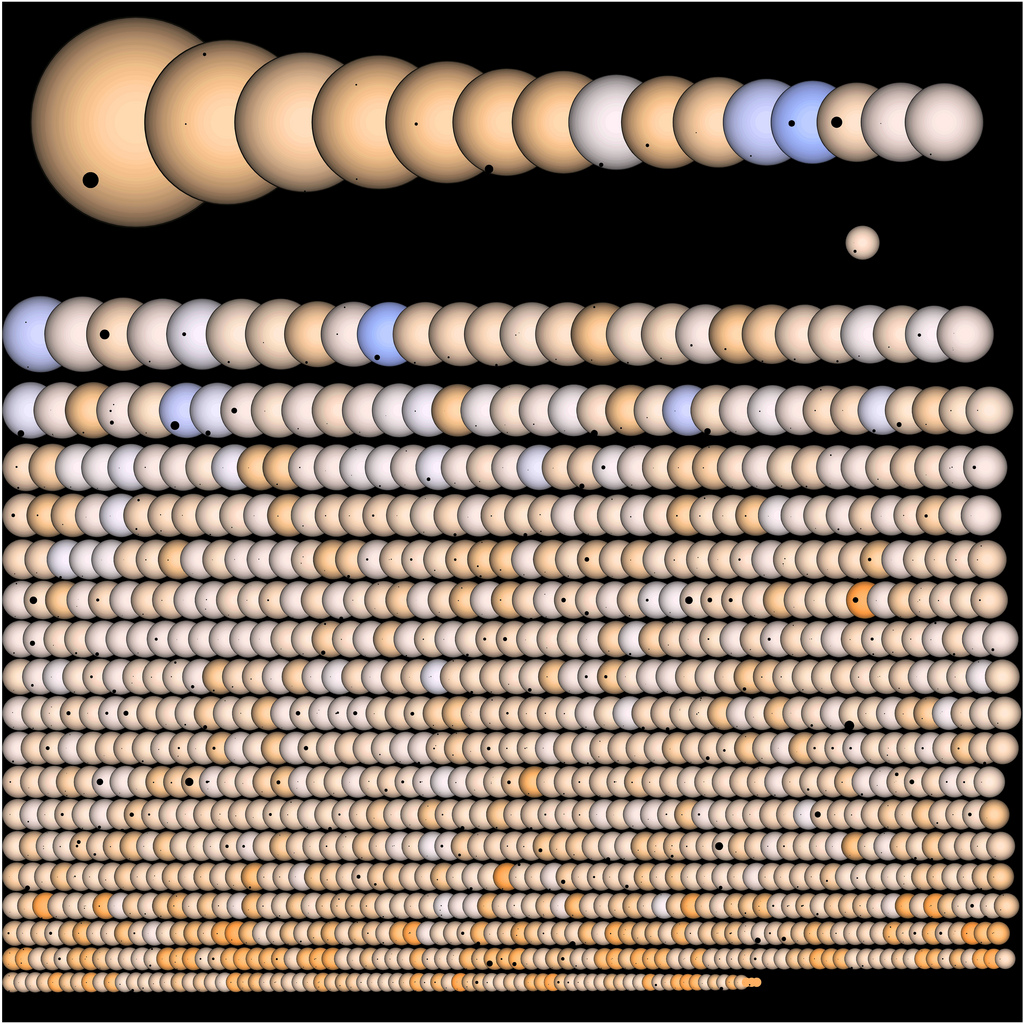Science News
The End of Kepler?
May 24, 2013
by Alyssa Keimach

On May 3rd, while preforming a semi-weekly checkup, NASA engineers found that the Kepler Space Telescope had entered “safe mode.”
What does this mean? Kepler is programmed to switch into a self-protective state in the event of an error. Powering off any non-essential systems allows Kepler to isolate probable causes for concern. The Kepler team can then interact with the spacecraft safely to turn on the systems that still work.
NASA engineers found that reaction wheel #4 had broken. After launch, Kepler used four of these spinning wheels to fine-tune and stabilize its area of observation. If the telescope is unable to point with a high level of precision, it can’t accurately measure a star’s brightness to determine if an exoplanet exists. Reaction wheel #2 failed last July, and although the spacecraft can point accurately using three reaction wheels, two will not suffice.
Unfortunately for Kepler, the spacecraft will have to wait for further notice. A diverse response team made up of people from NASA Ames, Ball Aerospace, JPL, and Goodrich Corporation are investigating wheel recovery options while Kepler resides in a fuel-efficient mode called Point Rest State.
Regardless of Kepler’s current health, researchers have already collected invaluable data revealing the diversity of planets around us. During its initial 3½-year mission plus the first few months of its extended mission, Kepler recorded light curves that show changes in brightness when a planet crosses between Kepler and the subject star. The spacecraft identified more than 2,700 planet candidates and 132 confirmed planets.
By analyzing light curves, astronomers can deduce a planet’s mass, density, and size, as well as how many planets exist in a star system, whether or not a planet orbits in its star’s habitable zone, and even some of the properties of the stars themselves.
Since Kepler has already gathered a large inventory of exoplanets, astronomers and citizen scientists have enough data to stay busy for some time to come.
The possibility of recovering reaction wheel #4 looks bleak, but don’t worry, with the data Kepler has already collected, the mission has definitely been a success!
Alyssa Keimach is an astronomy and astrophysics student at the University of Michigan and interns for the Morrison Planetarium.
Image: NASA